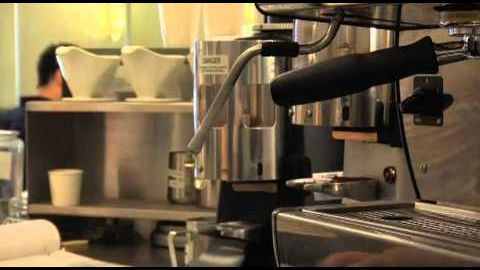
Subtitles & vocabulary
Joe: The Art of Coffee
00
王建中 posted on 2013/11/16Save
Video vocabulary
process
US /ˈprɑsˌɛs, ˈproˌsɛs/
・
UK /prə'ses/
- Transitive Verb
- To organize and use data in a computer
- To deal with official forms in the way required
- Noun (Countable/Uncountable)
- Dealing with official forms in the way required
- Set of changes that occur slowly and naturally
A2TOEIC
More gross
US /ɡros/
・
UK /ɡrəʊs/
- Noun (Countable/Uncountable)
- 144 of something; twelve dozen of something
- Total sum of money earned before costs and taxes
- Transitive Verb
- To earn an amount of money before costs and taxes
B1TOEIC
More immediately
US /ɪˈmidiɪtli/
・
UK /ɪˈmi:diətli/
- Adverb
- Without any delay; straight away
- Very closely in space or time; next to.
A1TOEIC
More passionate
US /ˈpæʃənɪt/
・
UK /ˈpæʃənət/
- Adjective
- Being easily excited to strong emotions
- Having strong sexual desires
A2
More Use Energy
Unlock All Vocabulary
Unlock pronunciation, explanations, and filters
